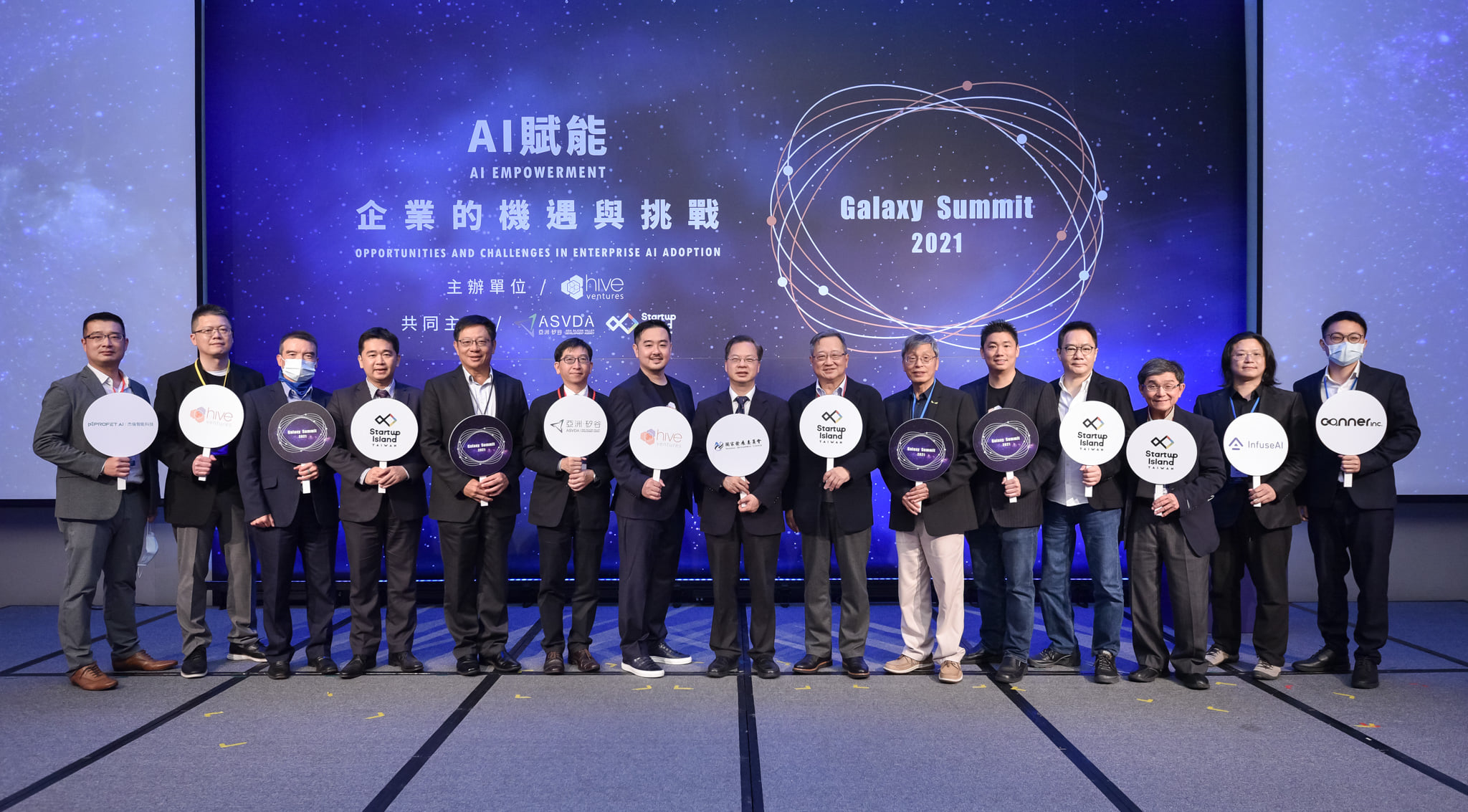Demystifying AI: What Managers Need to Know to Make Informed Decisions about Implementing AI into Your Organization

Artificial Intelligence (AI) has rapidly moved from a buzzword to a transformative technology reshaping industries worldwide. As a manager in a medium to large-sized company, you likely recognize the potential benefits of AI – increased productivity, streamlined processes, and data-driven insights. Yet, the path to AI adoption can seem complex, filled with technical jargon and hyped-up promises.
This article aims to shed light on the realities of AI and provide a practical framework to help you make strategic decisions about implementing AI into your organization.
Understanding AI: Cutting Through the Hype
Let’s start by defining AI in simple terms:
- AI at its core: Artificial Intelligence refers to computer systems that can perform tasks typically requiring human intelligence. This includes learning from data, recognizing patterns, making predictions, generating creative content, and automating processes.
- Types of AI:
- Machine Learning (ML): Enables systems to automatically learn and improve from data without explicit programming. This is the most common type of AI currently in use.
- Natural Language Processing (NLP): Focuses on understanding human language, allowing computers to interpret text, speech, and sentiment.
- Computer Vision: Allows machines to “see” and understand images and videos, used in tasks like image recognition and facial analysis.
AI’s Transformative Potential: The Benefits for Businesses
AI offers numerous advantages that can be harnessed across diverse industries and departments:
- Enhanced Productivity: Automate repetitive or time-consuming tasks, freeing up employees for higher-value work.
- Improved Decision-Making: Analyze large datasets to uncover patterns and insights not visible to the human eye, empowering data-driven decisions.
- Optimized Customer Experiences: Use chatbots for 24/7 support, personalize recommendations, and analyze customer sentiment to improve products and services.
- Predictive Maintenance: Anticipate equipment failures before they occur, reducing downtime and costs in manufacturing or asset-heavy industries.
- Fraud Detection: Spot atypical patterns that may indicate fraudulent transactions, protecting companies from financial losses.
Demystifying the AI Implementation Process
Embarking on an AI project involves several key steps:
- Identifying the Problem: Avoid implementing AI just for its own sake. Define specific pain points, inefficiencies, or opportunities where AI could create significant value.
- Data is King: Ensure your organization has robust data collection and management practices. AI models rely on high-quality, relevant data to function effectively.
- Assessing Feasibility: Consider these factors:
- Technical expertise: Do you have internal AI capabilities or will you need to work with external partners and vendors?
- Budget: AI projects can vary in cost, from affordable cloud-based solutions to more complex custom implementations.
- Data availability: Does your company have access to the necessary data to train and deploy effective AI models?
- Start Small: Begin with a pilot project in a well-defined area. This allows you to evaluate the impact, address challenges, and gain confidence before a wider rollout.
- Build Trust and Adoption: Explain the benefits of AI and address any employee concerns about job displacement. Focus on how AI augments human capabilities, enabling a collaborative workforce.
Ethical Considerations
- Bias: AI models can perpetuate biases if they are trained on biased data. Make a conscious effort to ensure data sets are diverse and minimize unfair outcomes.
- Transparency: Implement explainable AI techniques, particularly when AI impacts high-stakes decisions. This helps understand the reasoning behind AI predictions and builds trust.
- Privacy: Adhere to data privacy regulations, safeguarding sensitive customer and employee information.
Staying Ahead of the Curve
AI technology is constantly evolving. Here’s how to stay informed as a manager:
- Follow Leading Resources: Subscribe to industry publications and blogs that cover AI developments and real-world applications.
- Attend Conferences and Webinars: Participate in events focused on AI in your industry to network and learn from experts.
- Consider Continuous Learning: Encourage your employees and yourself to participate in online courses or workshops on AI basics and practical applications.
Conclusion: Your Time with AI
Now we all know – AI is here to stay. By understanding its fundamentals, recognizing its tangible benefits, and adopting a strategic approach, you can position your medium to large-sized company to reap the rewards of this transformative technology. Think of AI as a powerful tool in your team toolbox, enabling innovation, improving efficiency, and driving your business toward even greater success. You will have to grasp it quickly, and with help of your team – and some AI tools – it was never a better time to start than today.





